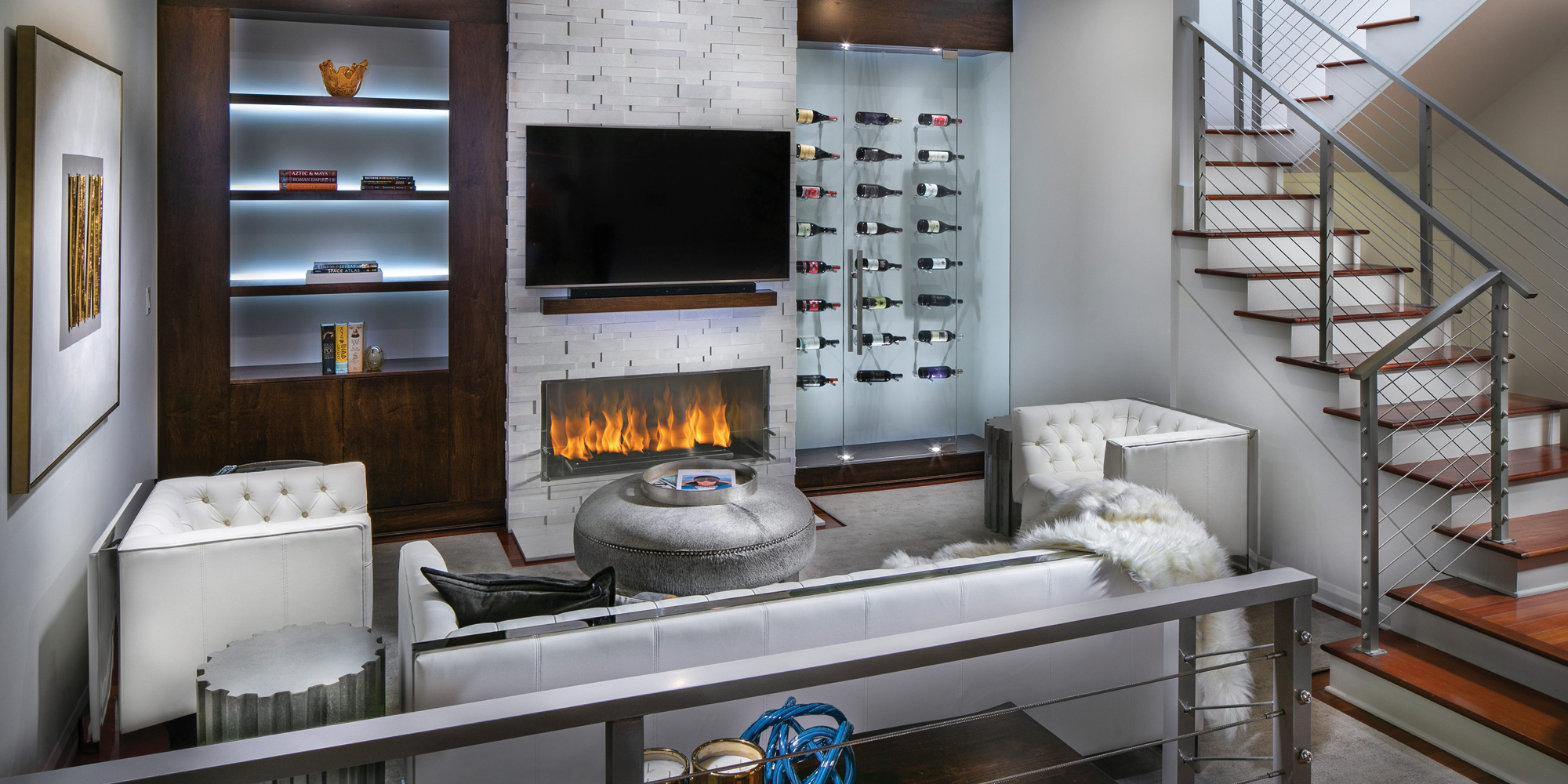Making interior design choices can be overwhelming. There are so many options for furniture, lighting and paint colors that it is easy to drown in a sea of Pantones, fixtures and finishes. How do you go about successfully designing your own Pinterest-worthy room? Start with planning. Interior designer Kari Wilbanks says that many homeowners skip that crucial step. “Most people have an issue with space planning,” she explains. “They don’t take the bigger picture into account. You have to be realistic with the amount of space you have and how you live your life.”
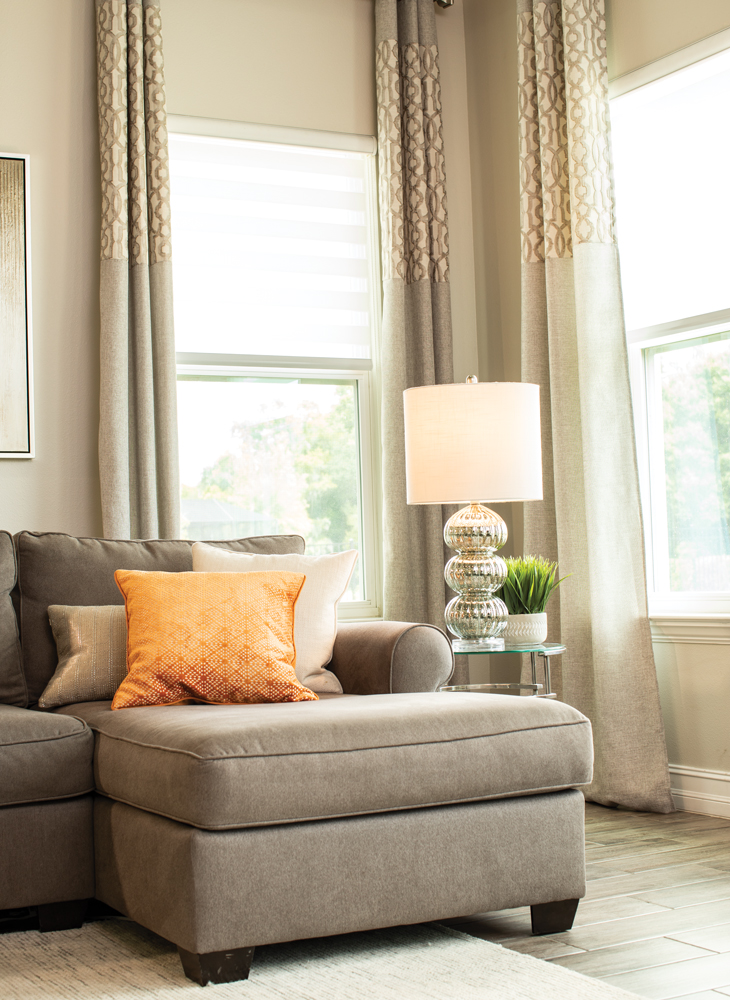

Furniture
When it comes to furniture, Wilbanks says that many people get caught up trying to replicate a look they like from a magazine or catalog without realizing that it does not fit their space.
Keysha Jillian, owner of K. Jillian Designs, adds, “Shopping for furniture doesn’t only come down to the ‘do you love it?’ approach. There are several other factors to consider when selecting furniture.”
Jillian says one of the most important factors is taking stock of the size and scale of your space. “When designing a room, it is very important to properly measure your space before heading to the furniture store. If the size or scale of the furniture is off, you can end up with furniture that is too big or too small for your space and create a room that feels cluttered or unfinished.” Jillian suggests you should then consider the character of your home and your individual style along with the durability of the furniture and whether it is comfortable.
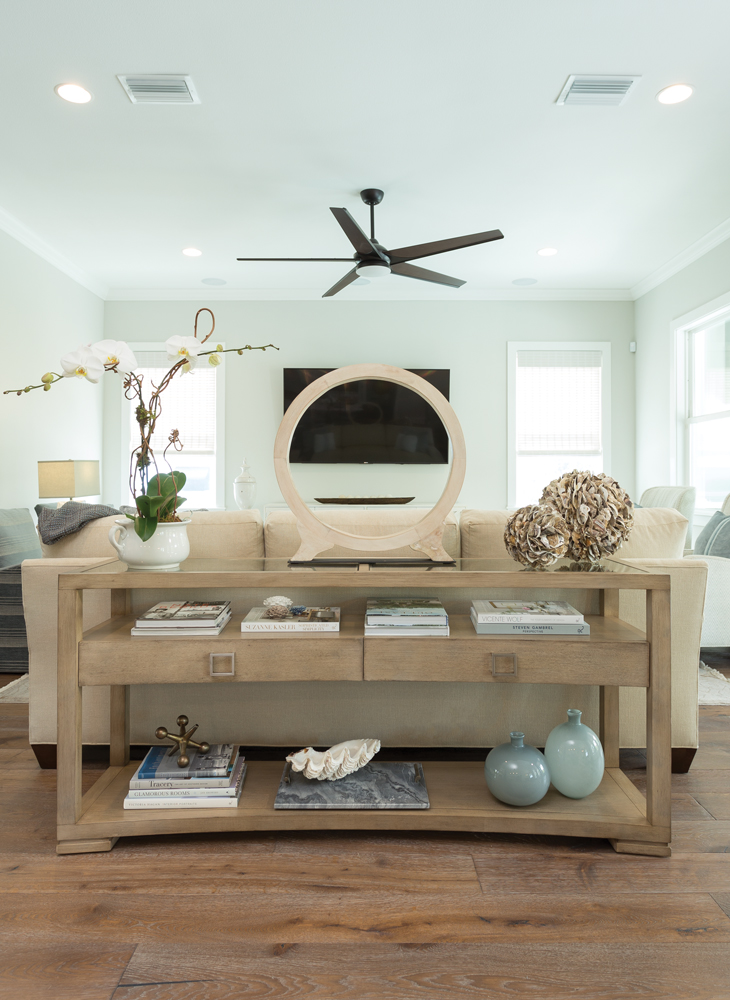
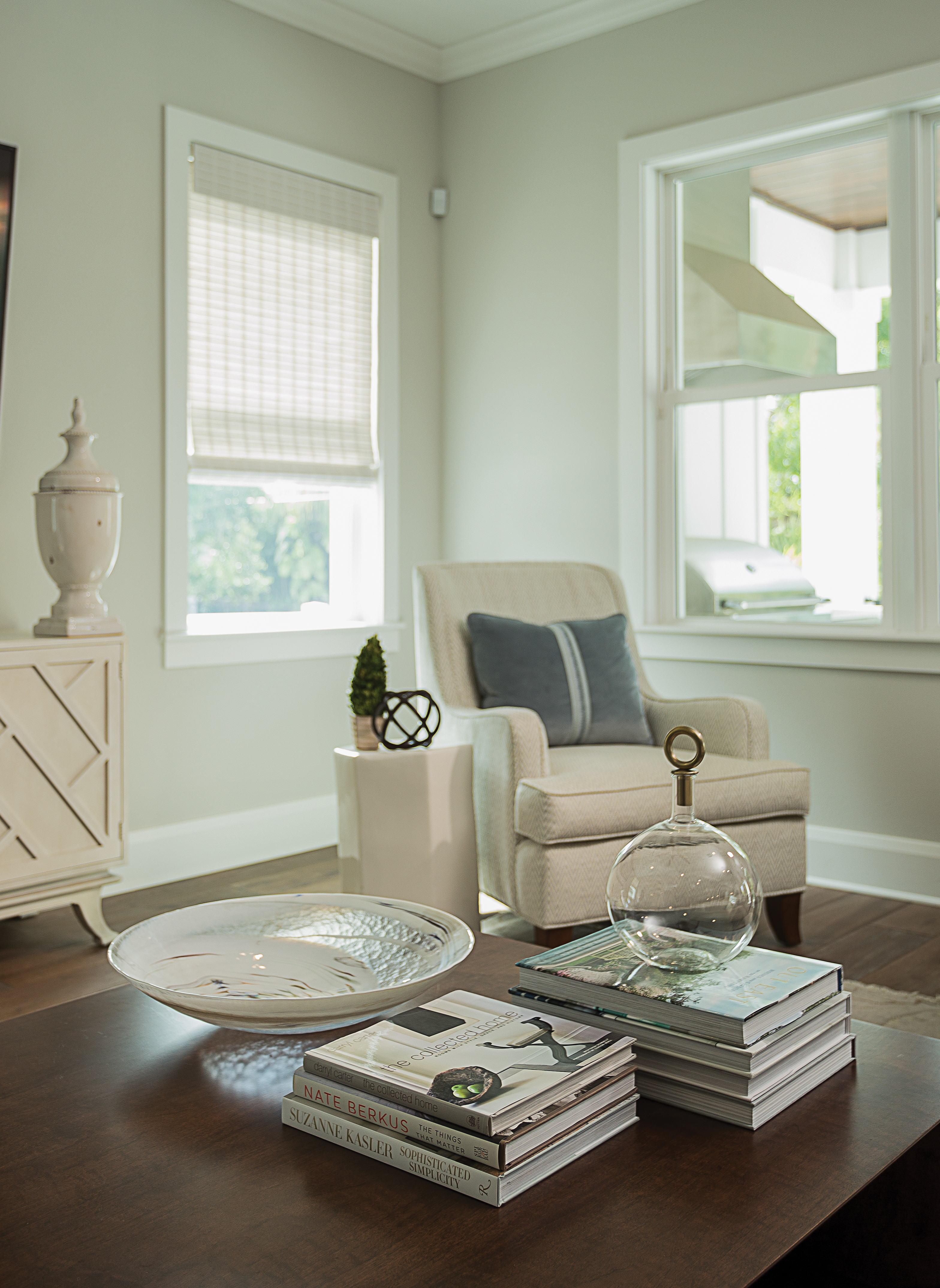
Color
Changing the color of your walls may seem like a quick way to update a room, but Jillian says, “Color selection is a huge part of any design, and wall color alone can impact the mood of any room.” She suggests narrowing your selections down to two or three paint colors and purchasing samples to apply to your walls. It’s important to see how the paint color looks in the space at different times of the day. “Lighting plays an important role when it comes to color and determining whether the selected color will be too light or too dark,” Jillian notes.
Interior designer Debra Ackerbloom recommends “a blend of natural colors and textures, such as heavily textured woods, marbles, stone, glass and antiqued metals.” She says she likes to use lighter neutrals to visually open the space and allow the furnishings to take center stage.
“For the ‘pop,’ my go-to items are cut greenery and flowers in clear vases and live trees to scale for the room, which creates a fresh, soothing, yet sophisticated vibe throughout the home.”
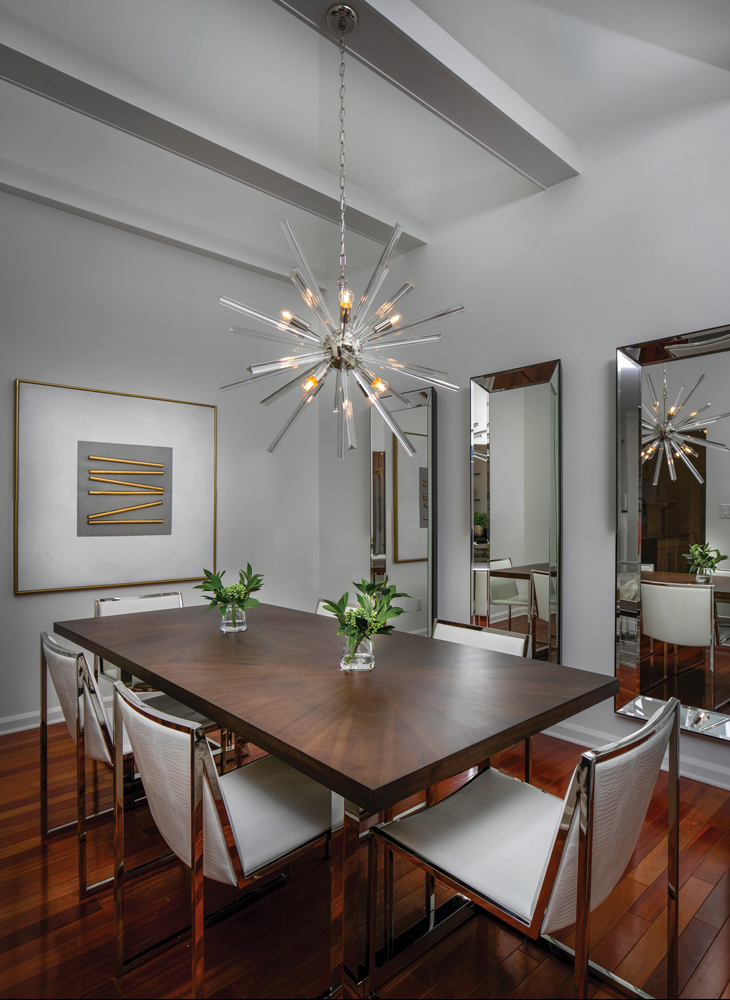
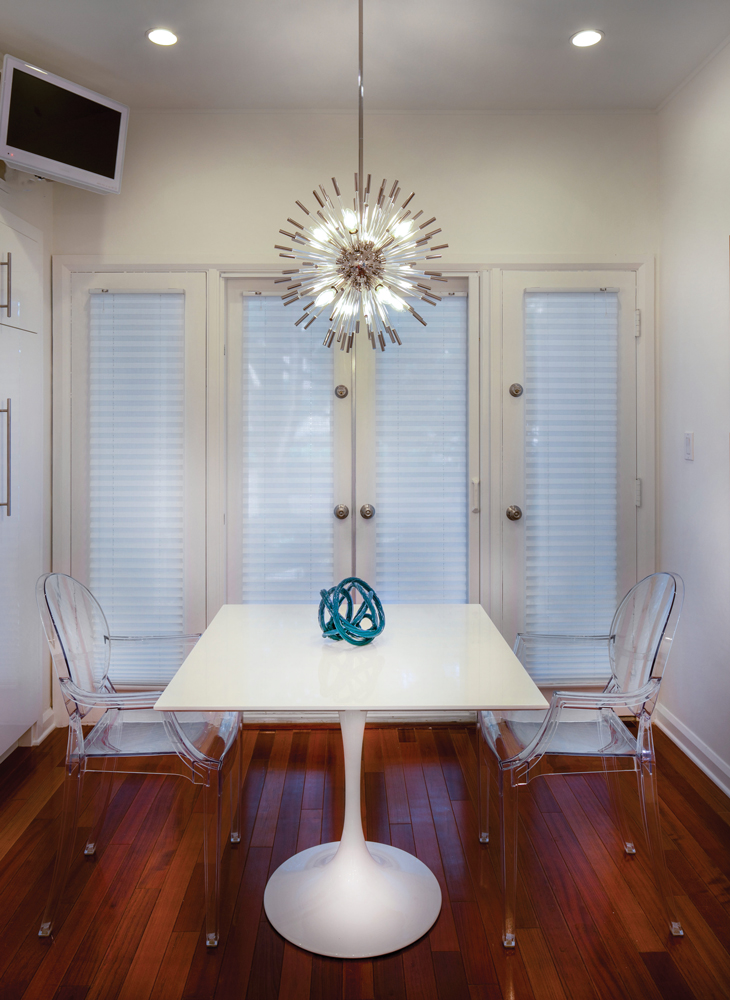
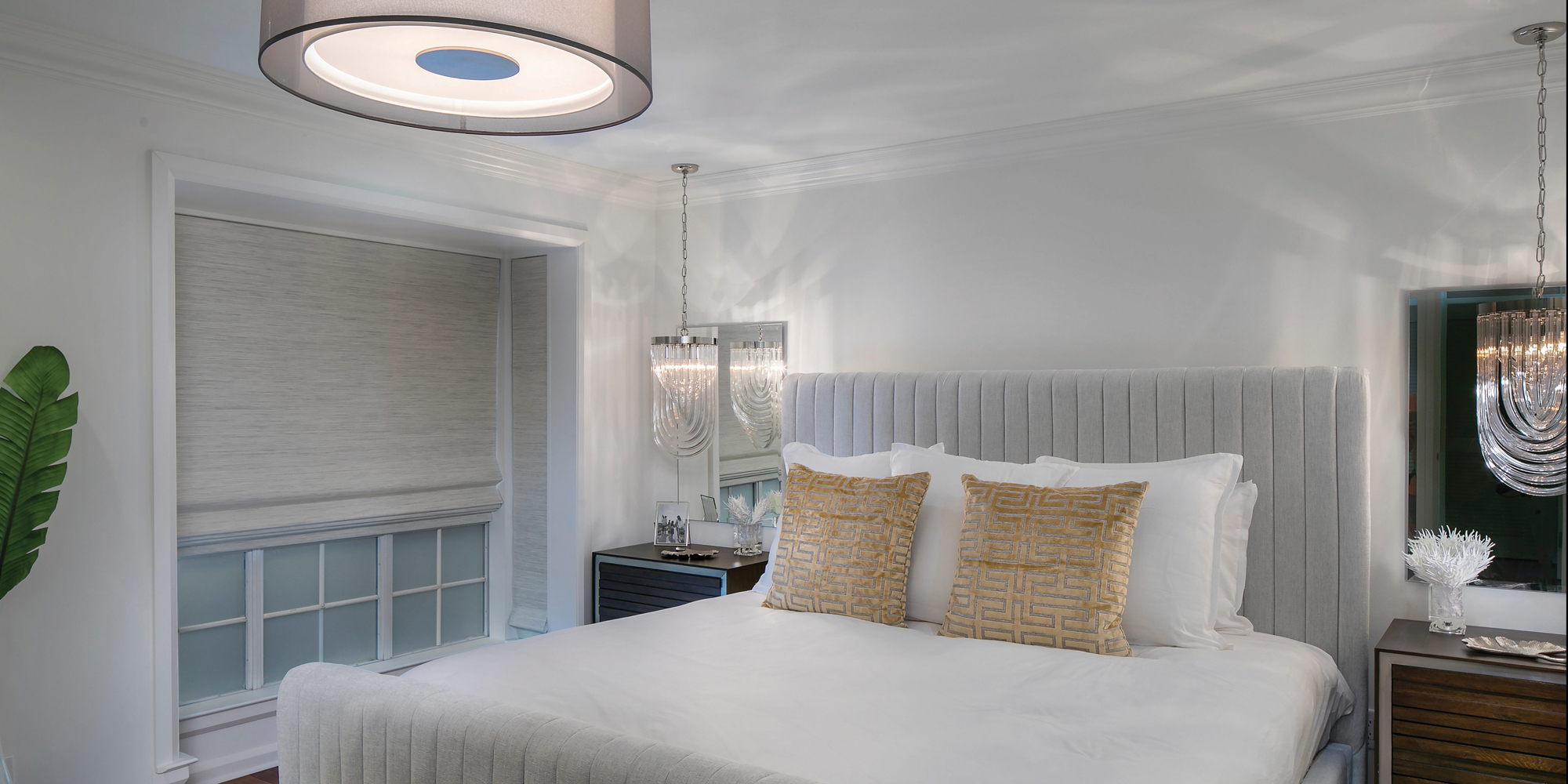
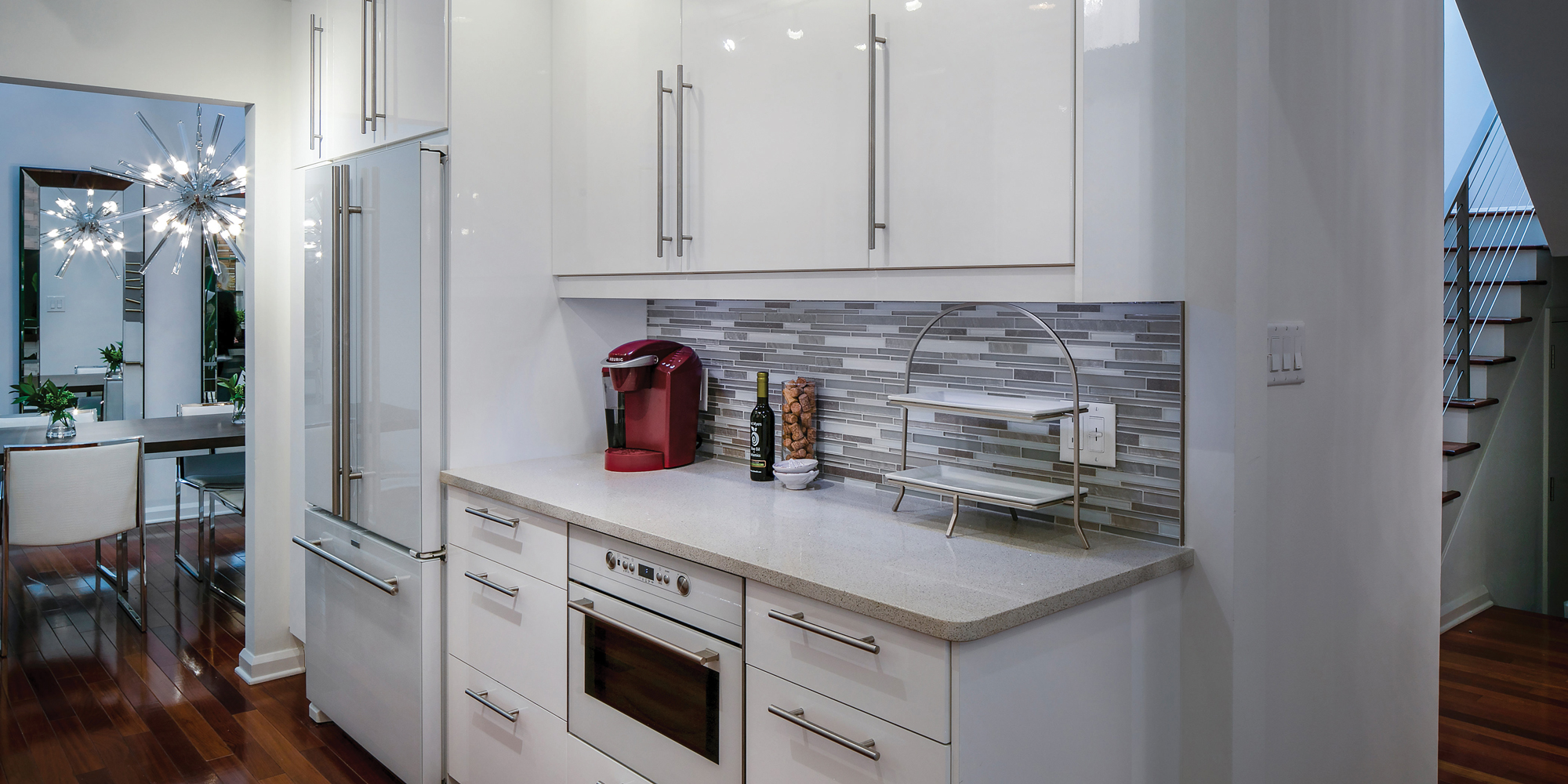
Lighting
You may think picking out lamps or overhead lighting is something you should do at the end of your design, but Wilbanks again says that overall space planning can be the difference between a room that simply looks “nice” and one that seems custom-made for the homeowner. “In a perfect world, it is good to be planning lighting from the beginning,” she says. “Sometimes it is only a matter of moving a light a few inches to make a huge impact.”
“Lighting, to me, is an opportunity for the perfect complement that will set the room apart and make it memorable,” says Debra Ackerbloom. “To avoid unflattering shadows, and ill-planned highlights, it is crucial to layer your lighting in each room. A simple yet thoughtful combination of ambient lighting, accent lighting and task lighting should be planned.”
“For a visual punch,” Ackerbloom adds, “in choosing a ceiling chandeliers or pendant, I am partial to larger-scale, modern styles that address the landscape of the room, with recessed lighting planned in the darker corners, and wall sconces, art lights, floor lamps or table lamps as needed for focal points.”
Three Ways to Light Up Your Space
Ambient lighting is your base lighting — typically a bit neutral and flat, and used to provide overall light to your space. Recessed or track lights, chandeliers and pendants, or wall sconces and lights are all perfect for helping you to set the tone for a room.
Accent lighting is a way to add style and drama to your home while highlighting works of art or special collections. Wall, recessed and spotlights are typically used for accents.
Task lighting helps you brighten up your everyday tasks around your home or office. You can use desk or floor lamps, under-cabinet lights, or pendant and track lighting to illuminate specific spots.


